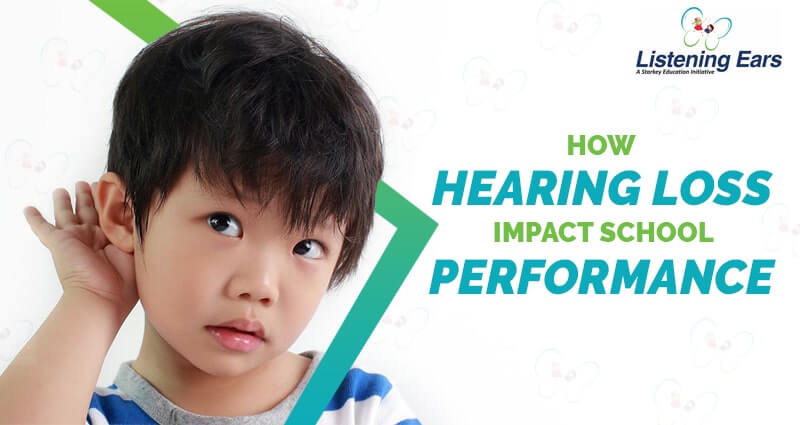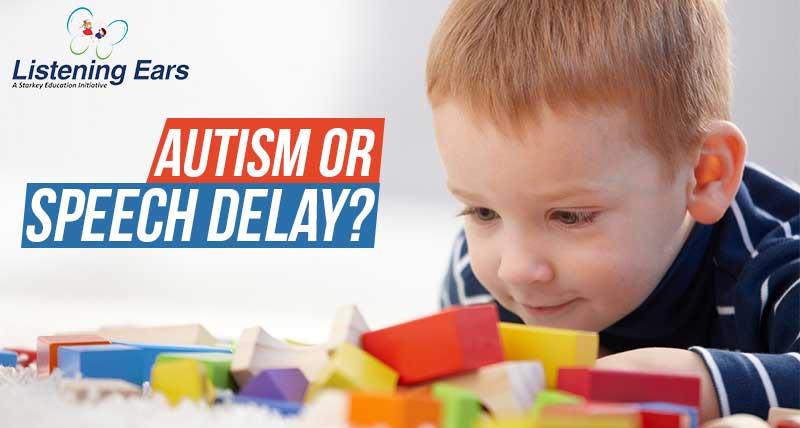Normal Speech & Language Development and Signs of Language Disorder
March 17, 2017
Eustachian Tube Obstruction (infant/toddler)
June 22, 2017Stuttering and stammering have the same meaning – it is a speech disorder in which the person repeats or prolongs words, syllables or phrases.
The person with a stutter (or stammer) may also stop during speech and make no sound for certain syllables.
People who stutter often find that stress and fatigue make it harder for them to talk flowingly, as well as situations in which they become self-conscious about speaking, such as public speaking or teaching. Most people who stutter find that their problem eases if they are relaxed.
What is stuttering?
We all have the capacity to stutter if pushed far enough. This may happen during a very stressful interrogation in a police station, talking to emergency services on the telephone, or trying to respond to a particularly agile and aggressive lawyer while on the witness stand in court.
Stuttering is common when children are learning to speak. However, the majority of kids grow out of this stage of initial stuttering.
According to the National Library of Medicine, stuttering is three times more common in boys than girls. The majority of children stop stuttering as they get older. The speech disorder affects less than 1% of all adults.
For some, however, the problem persists and requires some kind of professional help, such as speech therapy. It is important that parents do not add to a child’s stress by drawing too much attention to the problem when they are trying to communicate verbally. The calmer a child feels the less acute the symptoms tend to become.
Symptoms of stuttering: A person who stutters often repeats words or parts of words, and tends to prolong certain speech sounds. They may also find it harder to start some words, repeat words or parts of words. Some may become tense when they start to speak, they may blink rapidly, their lips or jaw may tremble as they try to communicate verbally.
According to the American Speech-Language-Hearing Association, some individuals who stutter appear extremely tense or out-of-breath when they talk. Their speech may be completely “blocked” (stopped).
“Blocked” is when their mouths are in the right position to say the word, but virtually no sound comes out. This may last several seconds. Sometimes the desired word is uttered, or interjections are used in order to delay the initiation of a word the speaker knows causes problems. Examples of interjections include such words as “um”, “like”, “I mean”, “well”, or “uumm”.
Common signs and symptoms associated with stuttering:
- Problems starting a word, phrase or sentence
- Hesitation before certain sounds have to be uttered
- Repeating a sound, word or syllable
- Certain speech sounds may be prolonged
- Speech may come out in spurts
- Words with certain sounds are substituted for others (circumlocution)
- Rapid blinking (when trying to talk)
- Trembling lips (when trying to talk)
- Foot may tap (when trying to talk)
- Trembling jaw (when trying to talk)
- Face and/or upper body tighten up (when trying to talk)
- Some may appear out of breath when talking
- Interjection, such as “uhm” used more frequently before attempting to utter certain sounds.
Causes of stuttering
Experts are not completely sure. We do know that somebody with a stutter is much more likely to have a close family member who also has one, compared to other people. The following factors may also trigger/cause stuttering:
Developmental stuttering
As children learn to speak they often stutter, especially early on when their speech and language skills are not developed enough to race along at the same speed as what they want to say. The majority of children experience fewer and fewer symptoms as this developmental stage progresses until they can speak flowingly.
Neurogenic stuttering
When the signals between the brain and speech nerves and muscles are not working properly. This may affect children, and according to the National Institute on Deafness and Other Communication Disorders may also affect adults after a stroke or some brain injury. In rare cases neurogenic stuttering results in lesions (abnormal tissue) in the motor speech area of the brain.
Psychological factors
It used to be believed that the main reasons for long-term stuttering were psychological. Fortunately, this is not the case anymore.
Psychological factors may make stuttering worse for people who stutter, such as stress, embarrassment, etc., but they are not generally seen as underlying long-term factors. In other words, anxiety, low self-esteem, nervousness, and stress therefore do not cause stuttering per se. Rather, they are the result of living with a stigmatized speech problem which can sometimes make symptoms worse.
Researchers from the Murdoch Children’s Research Institute, Victoria, Australia, reported in the journal Pediatrics that stuttering is not linked to developmental problems, as many experts believe.
In fact, Professor Sheena Reilly and colleagues found that stuttering was associated with better language and non-verbal skills. They identified no discernible link with emotional or mental drawbacks.
The team’s conclusion after carrying out a study involving 1,600 children was that to “watch and wait” may be more advisable than requesting speech therapy immediately.
Diagnosis of stuttering
Some aspects of stuttering are obvious to everyone, while others are not. To have a comprehensive and reliable diagnosis the patient should be examined by a well-qualified Speech-Language Pathologist (SLP).
The SLP will note how many speech disfluencies the person produces in various situations, as well as the types of disfluencies. How the person copes with disfluencies will also be assessed, how the person reacts to such factors as teasing, which can exacerbate their problems.
The SLP may perform some other assessments, such as speech rate and language skills – this will depend on the patient’s age and history. The SLP will analyze all the data and determine whether there is a fluency disorder. If there is one, the SLP will determine to what extent the disorder affects the patient’s ability to function and take part in daily activities.
It is vital to try to predict whether a young child’s stutter will become long-term. This can be fairly accurately done with the help of a series of tests, observations and interviews. Predicting whether an older child or an adult is likely to have continued stuttering over the long-term is less important because most likely the problem has been around long enough for the person to seek help.
Assessments for older children and adults are aimed at gauging the severity of the disorder, and what impact it has on the person’s ability to communicate and function appropriately in daily activities.
Reference: Online
http://www.medicalnewstoday.com/articles/10608.php?page=3



